
bigjugs
-
Content Count
132 -
Joined
-
Last visited
Content Type
Profiles
Forums
Calendar
Posts posted by bigjugs
-
-
According to Suomen Ilmavoimien Histora #25, Hurricane and Gladiator, that photo of HC-452 was taken in June 1942 when it was being transferred to 2/LeLv 26. This was after May 7, when the undersides of Hurricanes began to receive DN Blue. The change in serial designation from HU-452 to HC-452 occurred sometime before September 1941, when the yellow nose band was applied. The serial was in small letters behind the yellow fuselage band.
So, probably looking at DG/DE/DN Blue.
-
Decent Do 17 references:
Dornier 17 In Focus, by Chris Goss, http://www.amazon.com/Dornier-Operations-Focus-Chris-Goss/dp/0954620143
The Dornier Do 17Z A technical Guide, by Richard Franks http://www.valiant-wings.co.uk/airframe-detail-no2-544-p.asp
-
-
Marauder interior colors
Dana Bell
May 26 2005, 4:24 PM (Login DanaBellColors)
HyperScale Forums 160.111.254.11
Hi Rob,
Marauder interiors are totally unique in the AAF, all for reasons I don't yet fully understand. Martin had a release to skip most interior primers, something to do with anodizing and a primerless exterior camouflage lacquer. There's certainly more research to be done...
Here's something I posted on RMS in 1998:
"I got curatorial permission to look into "Flak Bait" today - the question of cockpit colors was too interesting not to try for a definitive answer, at least for one surviving airframe. Unfortunately, it's not that easy.
"The National Air and Space Museum has the forward fuselage on display – the rest of the aircraft is in storage until it will be assembled at the Dulles Center in about five years. What is now downtown is mostly an unpainted interior with fabric sound-proofing padding. The padding is very faded, with no proof of the original color. Most of it is now brown or magenta – an indication that it may have once been Olive Drab. But the metal snaps that hold the padding in place were painted green - perhaps Dull Dark Green, perhaps Medium Green, but definitely NOT Bronze Green, OD, or Interior Green.
"In the cockpit, everything above the lower canopy edge is flat black paint, as are the floor, the armor plating, and the seats. The control columns and instrument panels are Instrument Black (which is a semi-gloss finish, not a "crinkle" finish as sometimes published). Seat cushions are yellow. Cockpit sides are the fabric mentioned above. The bulkhead aft of the seats is unpainted aluminum, without padding. The bulkhead forward of the co-pilot's seat actually is metallic blue - probably blue tinted Lionoil which hadn't been removed in production. (I wish I could prove that this was where the Japanese learned to make Aotake!)
"In the radio room, the forward bulkhead is unpainted/unpadded, but the fuselage is the same faded padding all around. The desk tops are varnished wood, and the flooring is black.
"The bombardier's position is well-padded, with black flooring.
"The nose wheel well is lacquered aluminum, with a few fixtures in Zinc Chromate (yellow).
"I guess everyone can still choose their own cockpit color, but my opinion is that Dull Dark Green is the most likely color for the cockpit padding. I hope this helps!"
Anyway, as your Dad remembers OD, that certainly was a possibility, though it would have been very unusual.
Good luck with the model!
Cheers,
Dana
-
Ol' Slarti is a bit confused...here is what he wants you to get. Air Force Colors is an entirely different set of books
http://www.hyperscale.com/2013/reviews/books/p40bellbookreviewse_1.htm
-
He-111 H-22
in Props
-
-
Don't build German stuff but I would not just say Airfix is wrong as the Colours in their new kits seem to be pretty accurate. Based on experience I have questioned some of their colour call outs in the new kits but further research has shown them right so I don't think they just guess. The Do17 started life as an airliner before the 111 so I would not be surprised if they used the earlier (02) colour but I don't claim to be an expert....
Airfix is wrong. The Do 17 started out as a fast mail carrier with the possibility of carrying up to 6 passenger, which Lufthansa rejected. All that does not mean 02 was used in the cockpit, especially as 02 was a RLM color designation not a civilian color. It might have, but there are no clear pictures of the V series.
-
66 is grey-green?
It started off as a dark gray with a green tinge to it. Actually, according to Jerry Crandall there were about 11 documented variations on the color RLM 66. Might have been better to say a dark greenish gray. Tamiya German Gray is the easiest answer. With perhaps a drop of dark green for the early version.
-
Do 17Z was 66 dark gray-green also. Airfix is quite wrong. Ju 88 was 66 as was He 111P and the Fw 190A.
BTW, there were no rules. The LW just came to the conclusion that 66 was the better choice.
You could always post at HS and ask there also.
-
-
Pardon my ignorance but what is NMF?
It probably tells the smart guys just what you want but all I'm picturing is the variations in seats, belts, interiors, cockpit vs cabin, etc and thinking the answer is questions: what country, what military service, what unit, what kind of operational setup, and what year (and if you pick the right year, what month).
NMF means Natural Metal Finish, in other words, unpainted metal.
And for the C-47, which is the US designation, it is not that complicated. Sometime in 1943, Douglas switched interior colors from Dull Dark Green to Interior Green throughout. However, the quilted insulation blankets were usually in either DDG or Olive Drab fabric. Any user of this aircraft got it with the interior painted those colors. The RAF called it the Dakota. And it was painted inside just like those used by the USAAF.
The seats for the paratroopers in the main cabin were unpainted aluminum (That would be NMF). No point in painting what will be worn off anyway.
-
Throughout the war, the C-47 had nothing more than a set of basic lap belts for the pilot and co-pilot.
-
Probably David Hannant picking up the tab on this one in connection with some full size Mk. I being restored or such. This was probably done with CA's consent, but not by CA. Hannants never advanced CA money, other than for pre-orders.
CA will not come back on its own. Jules may get a small cut of others using his molds.
I hope this one has the new wheel wells. The original kit was a bear of a bad girl.
-
Here is the Brazilian Spammer again, using a nice ploy. Post needs to be deleted and that jerk blocked.
-
-
Seen this before, big photo dump without context or explanations, and then a less informed second hand interpretation.
It seems some of Chenango's P-40s for Op Torch may have been without the yellow surround on the national markings. Although it appears the yellow was added soon before takeoff. Pictures seem to indicate this. A later drop from HMS Archer most likely had them. Also, the yellow may have been added when the aircraft were land based.
Many of those photos are of earlier and later deliveries of of P-40s, including the delivery of the over-all sand coloured aircraft that had nothing to do with Torch. The 57th FG's P-40Fs were delivered on Ranger in July 1942.
-
Here is an article on modeling that aircraft. It was 70/71/65 with sand over-spray.
-
BN-1 and B-2 were different animals...
From an old post on HS.
Basically, the B-1 had straight exhaust pipes, non-operable radiator flaps and the radiator was shallower on the early B-1s, an open starter crank port, the landing gear had a slightly different angle as it was more vertical and shorter than the B-2. Overheating was a problem as were nose-overs. As for the sirens on the spats, the earliest B-1 appear not to have them, but B-1s did have the stubs on the spats, although the sirens may not have been mounted in the Polish Campaign.
The top of the radiator/underside of the cowl (where the lower part of the cowl formed the top) was curved on the B-1 and V shaped on the B-2.
The B-1 had a prop with narrower blades than the B-2.
The B-2 had a deeper radiator, operable radiator flaps, gear legs were longer and more forward, a covered starter crank port, and different exhaust.
Now for the problems. There are many pix of hybrid aircraft, it appears that either B-1s were retro-fitted with B-2 style exhausts and that early B-2s still had straight stacks. In other words, looking at the front end of some Bs, one cannot tell what model.
One other thing, camouflage. It appears that the very earliest B-1s had a different camouflage pattern. The underside RLM 65 was higher up. From the front it can be seen that the 65 went up to the wing leading edge making it stop just below the exhausts.
Of course, in modeling any aircraft, a picture helps.
-
So, to sum up, all that is known is that there is a picture of someone's model on Toys R Us. No one has the answer as to whether Gary authorized it, correct?
You seem to be correct, sir. But why should facts get in the way of a good outrage rant? Some prefer bliss.
-
Taking another person's picture and using it for commercial gain is illegal.
BUT, if the person uploaded or posted it on the Toys B Us site, and didn't read the fine print, then they my have inadvertently given Toys B Us the right to use it.
Last time i was in a Toys B Us it was mostly little kids toys.
-
The armor was definitely applied to the gun nose J model, even if the side gun-packs were removed. Whether the armor was removed from your particular aircraft, you'd have to have a picture of the aircraft you are modeling. But I doubt it.
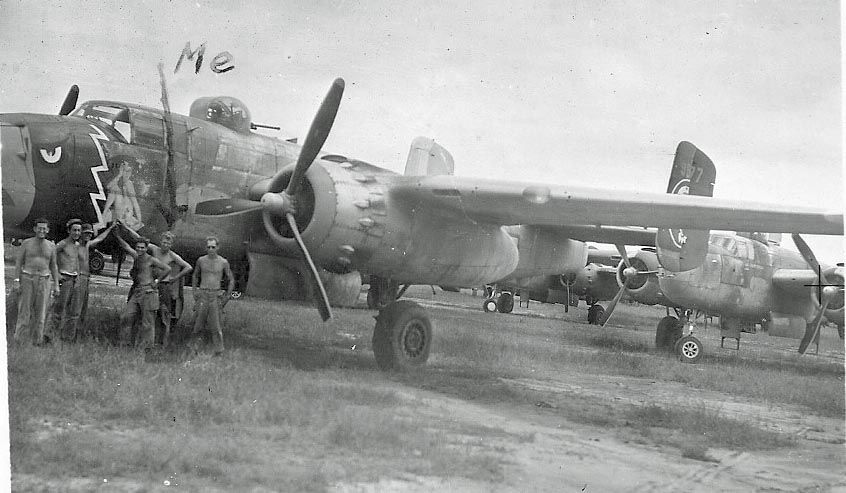


-
All USAAF aircraft had yellow prop tips that were four (4) inches in width. T.O. 07-1-1 of 1943.
-
Then again the paint was made by more than two dozen paint contractors, each with their own proprietary formulation. So the "actual color" varied.






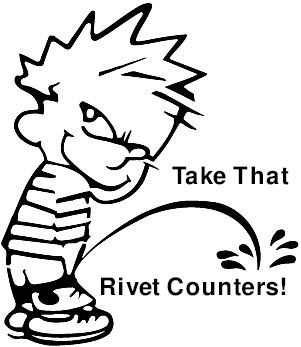




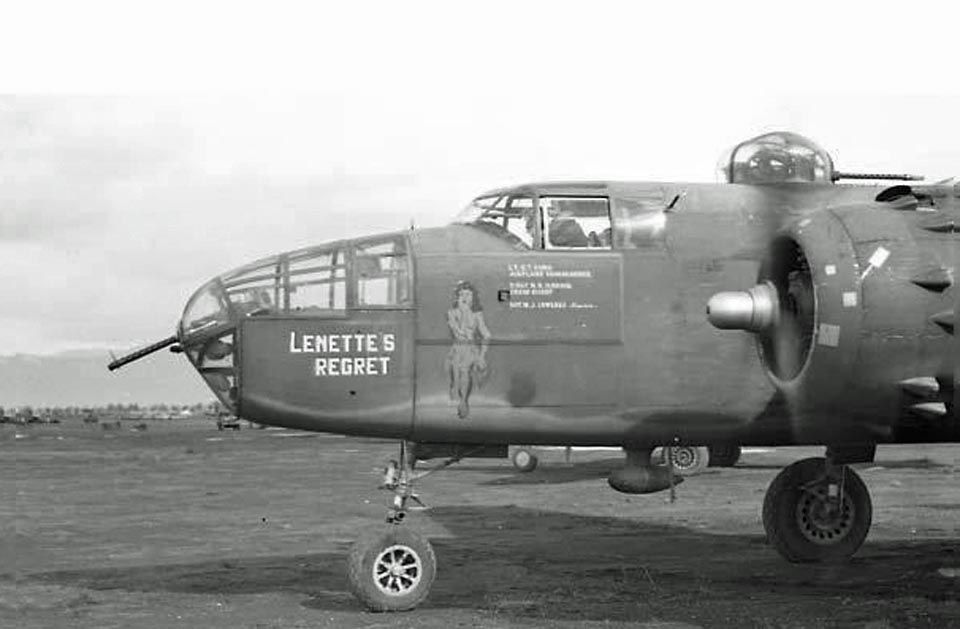
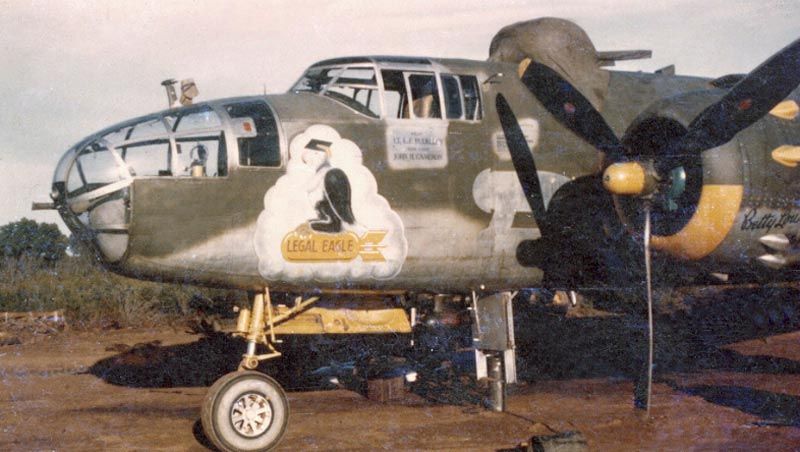

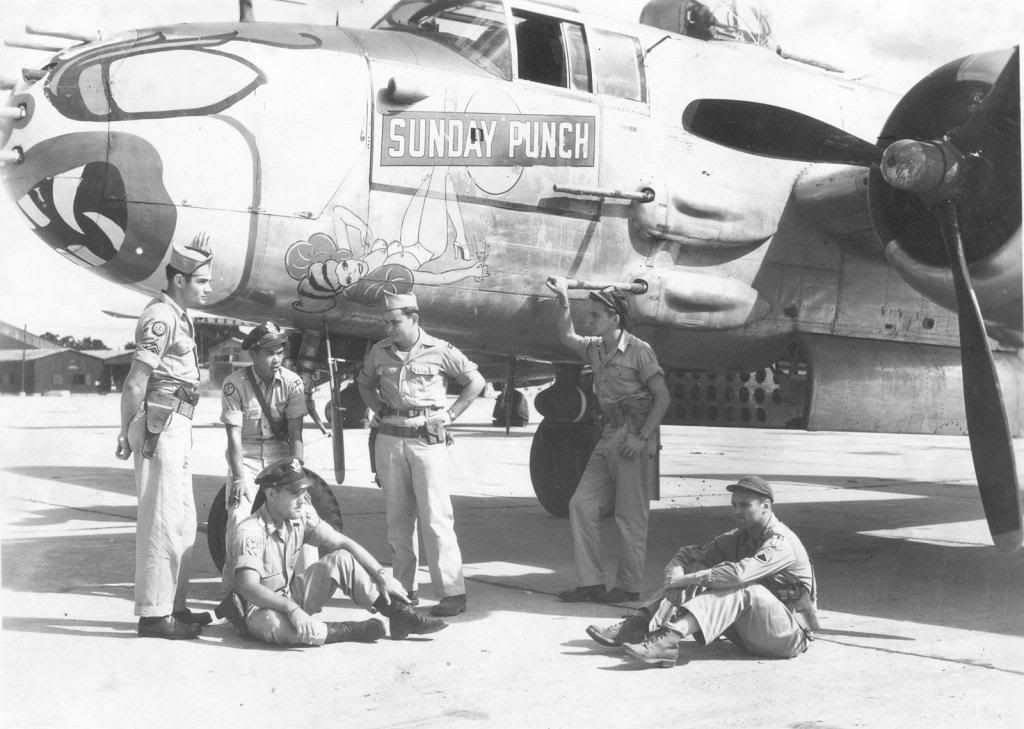
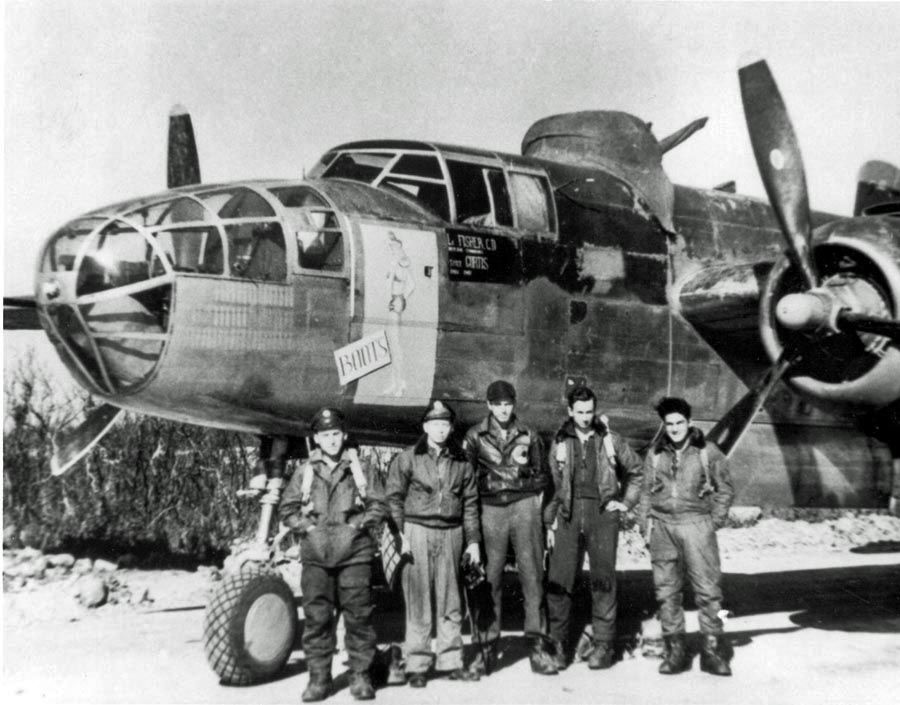
Finnish Hurricane Conundrum
in Props
Posted
Warpaint, the black and green, was applied when there were major repairs. Many types went for long periods in original camouflage before being repainted. I think the underside became more of an issue for some aircraft than others. B&W was probably more an issue then the DG/DE of the top surface. On the other hand, all the Buffaloes were quickly repainted in warpaint, as they were over-all aluminum.
Given the nature of the war, an aircraft was taken out of operation as littler as possible.